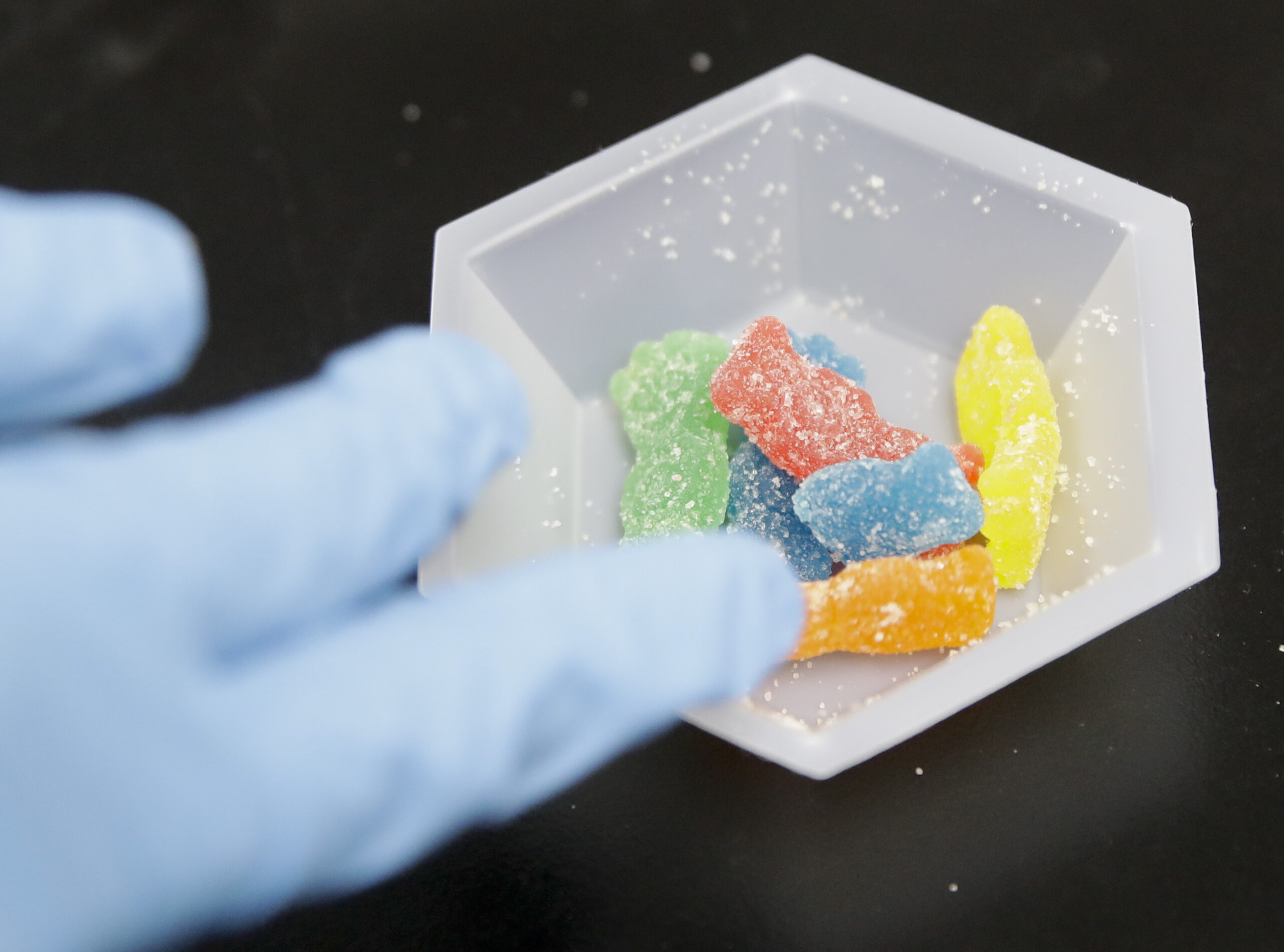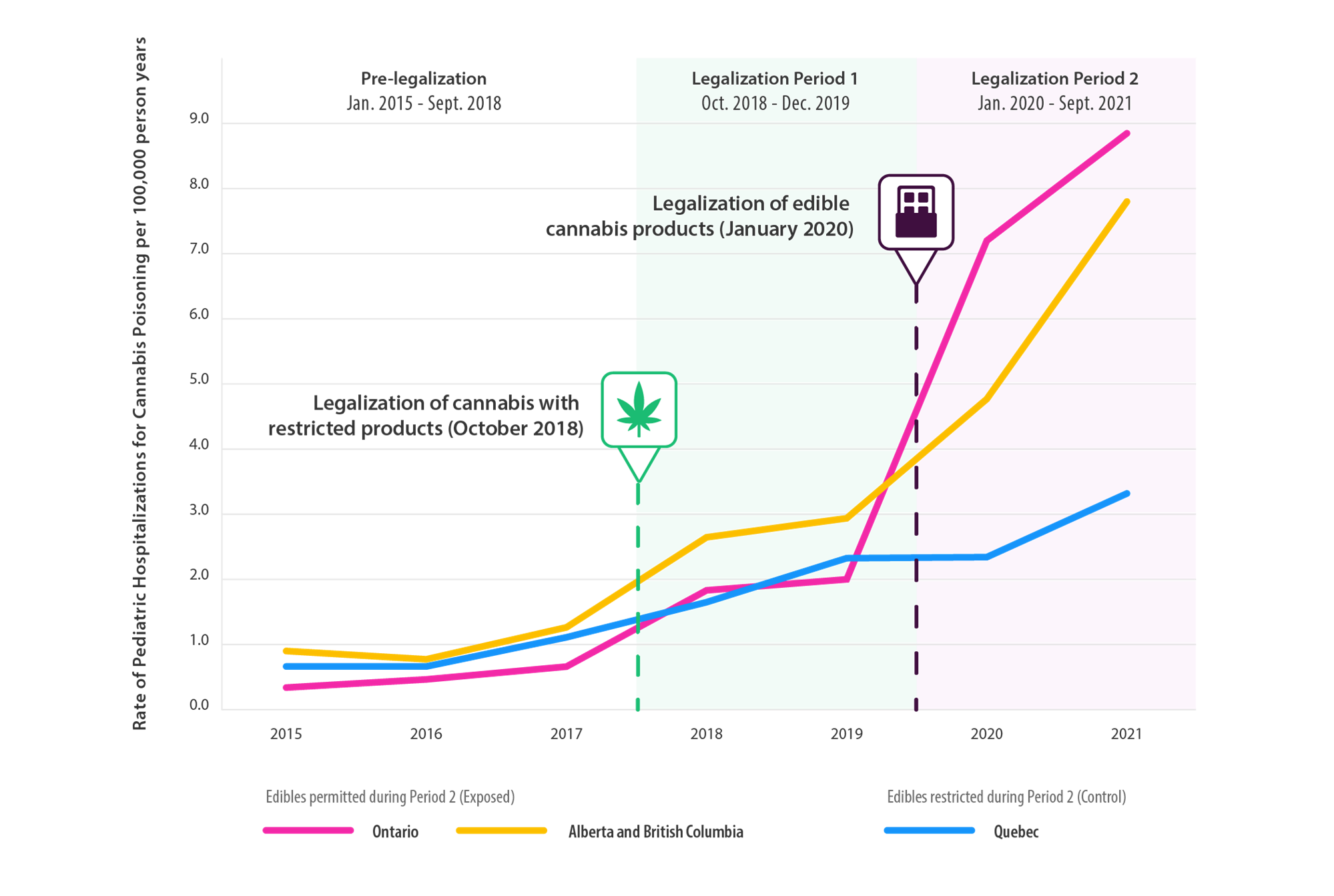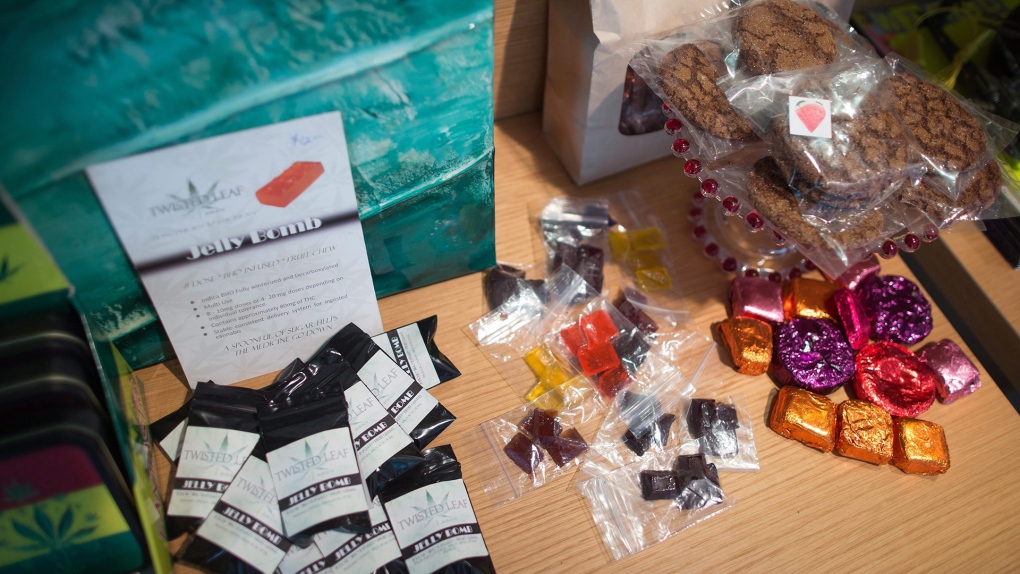In recent years, the number of children hospitalized due to ingesting marijuana edibles has spiked dramatically. This has become a significant problem as more countries legalize marijuana for both medical and recreational use. Many of these children end up in hospitals, with nearly one-fourth requiring hospital admission. This article will explore the reasons behind the spike in child hospitalizations due to marijuana edibles, the symptoms that children experience, and what parents can do to prevent their children from accidentally ingesting these products.
The Rise in Children being Hospitalized
According to a recent study published in the journal Pediatrics, the number of children under the age of six who accidentally ate edible marijuana products rose from 207 cases in 2017 to 3,014 cases in 2021. This increase of 1,375% in just five years is alarming. The availability of edible marijuana products has grown since 2014, when Colorado became the first state to legalize recreational use of marijuana.
Many edible THC products resemble treats that can be mistaken by a child as another snack. Among the edibles made with tetrahydrocannabinol (THC), the psychoactive ingredient in marijuana, are gummies, chocolates, lollipops, cookies, and other baked goods. Kids don’t realize that each product may contain multiple doses of perhaps 10 milligrams of THC. “A child would not recognize the need to stop after one bite/segment/piece,” the researchers say. “Given the smaller weight of pediatric patients, a higher milligram/kilogram dose is ingested, which puts children at risk for increased toxicity from these exposures.”
Symptoms of Cannabis Poisoning in Children
Children who accidentally ingest marijuana edibles can experience a range of symptoms, depending on the amount ingested. Those kids admitted to critical care units typically had slowed breathing and reduced heart rates, but a few went into a coma, the researchers found. Other symptoms children experienced include drowsiness, breathing problems, fast heart rate, vomiting, agitation, confusion, and poor muscle control. There is no reports of deaths during the five years study.
What Parents Can Do to Prevent Children from Being Hospitalized
Unintentional marijuana exposure typically happens at home, so parents should store any edibles safely and avoid buying them in packages that look like traditional treats or candies. Never consume marijuana edibles in front of children, either for medical or recreational purposes. Seeing the products could create temptation for kids. Locked cabinets that are out of reach of young children are best. Store edibles away from the kitchen or other areas where other foods and snacks.
Parents and caregivers who consume edible cannabis products should store them in child-proof containers and keep them out of the reach of children. The researchers suggest changes to product packaging and labeling, as well as regulating the maximum allowable dose in a package. Some states, such as Illinois, require product packaging that does not appeal to children. As well as, the total amount of THC per package has its limits.
Overall, parents may have felt less stigma seeking help from poison centers. As well as, healthcare providers as marijuana became more widely legally. However, the problem is likely underreported. If children ingest these edibles at home, and the caregivers do not reach out to the poison centers. Or they go to a healthcare setting where a provider might then call the case in. However, that case would go unreported. Additionally, if a child did present to a healthcare setting after a mild exposure, and the healthcare provider feels comfortable caring for the child without needing input from the poison center, then those cases may also go unreported.
Conclusion
The spike in children being hospitalized due to marijuana edibles is a serious problem. Thus, this needs immediate attention from parents, caregivers, and regulators. As more states legalize marijuana for both medical and recreational use. Parents must take extra care to prevent their children from accidentally ingesting these products. Safe storage, responsible consumption, and proper packaging and labeling are key to preventing these accidents.



